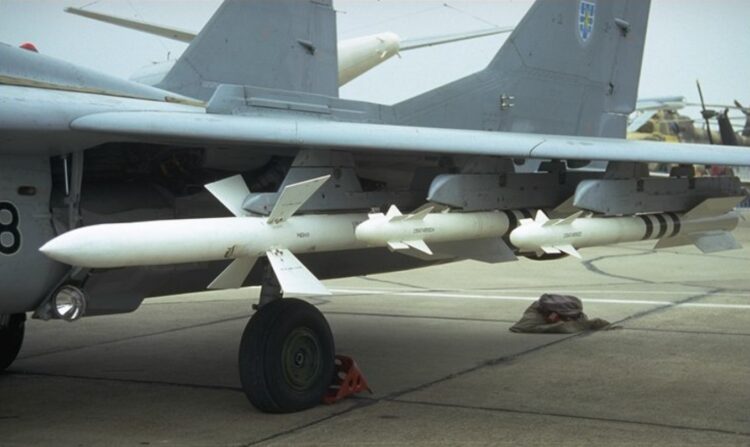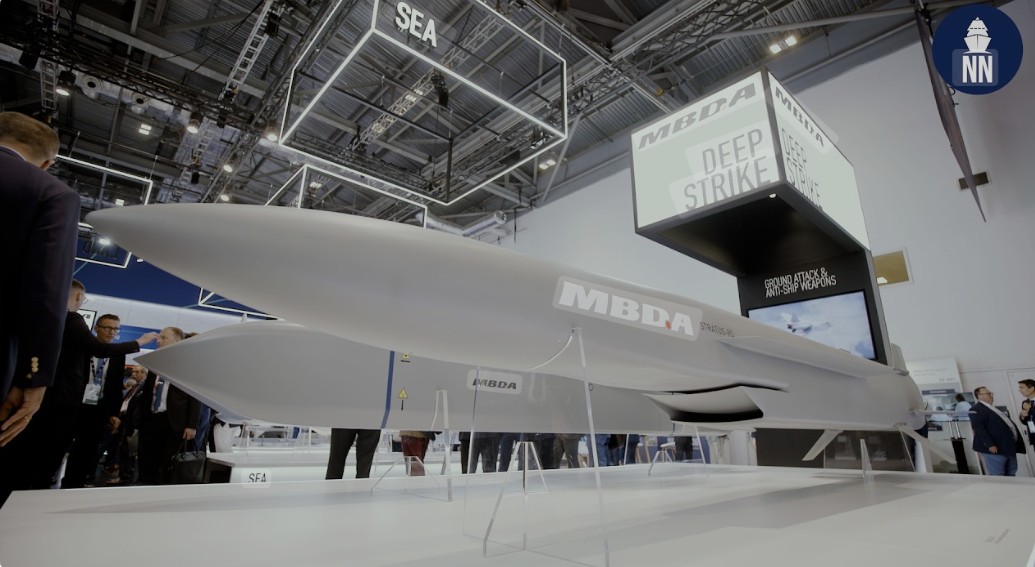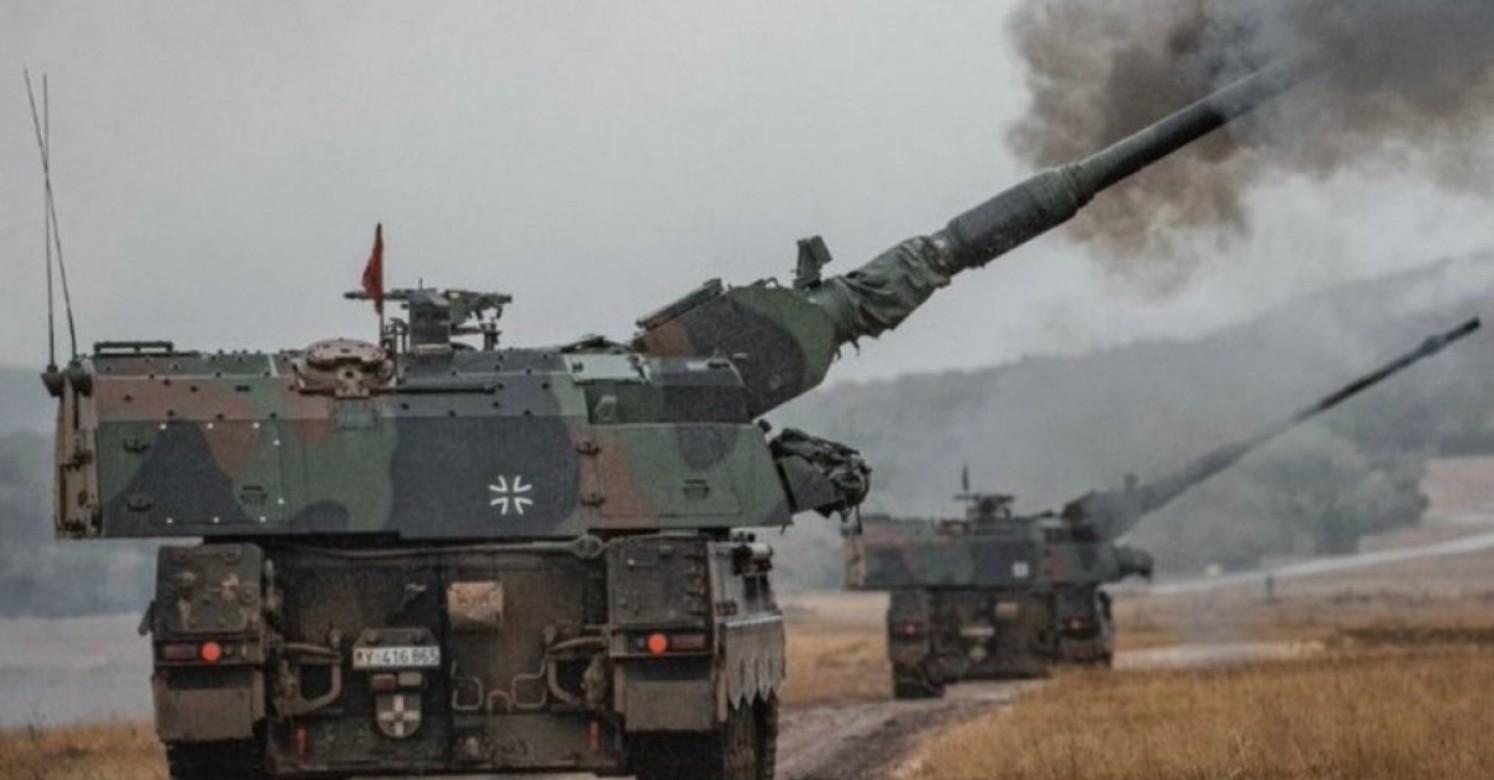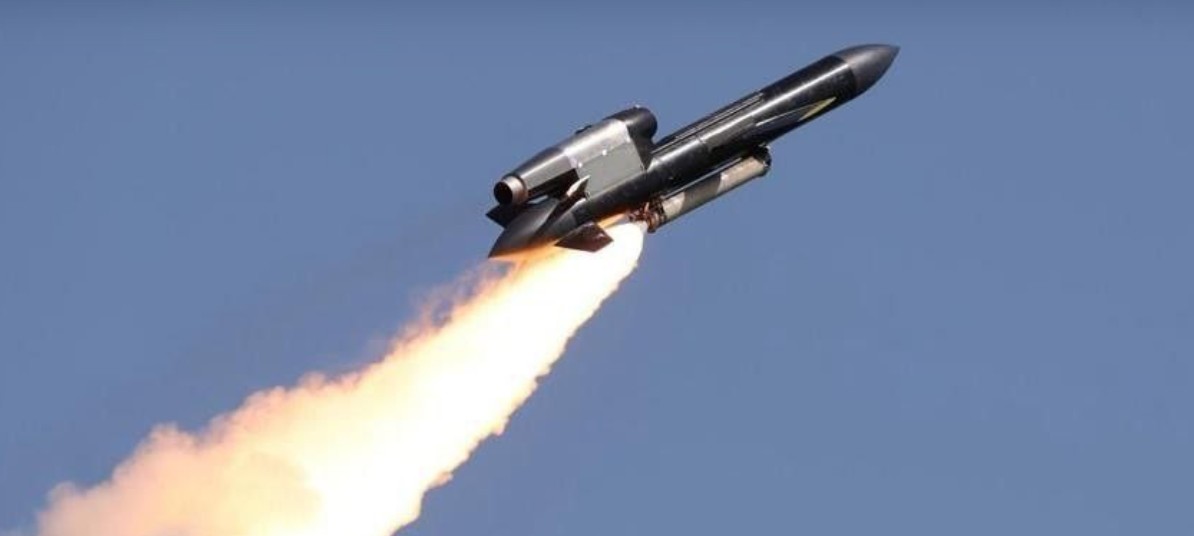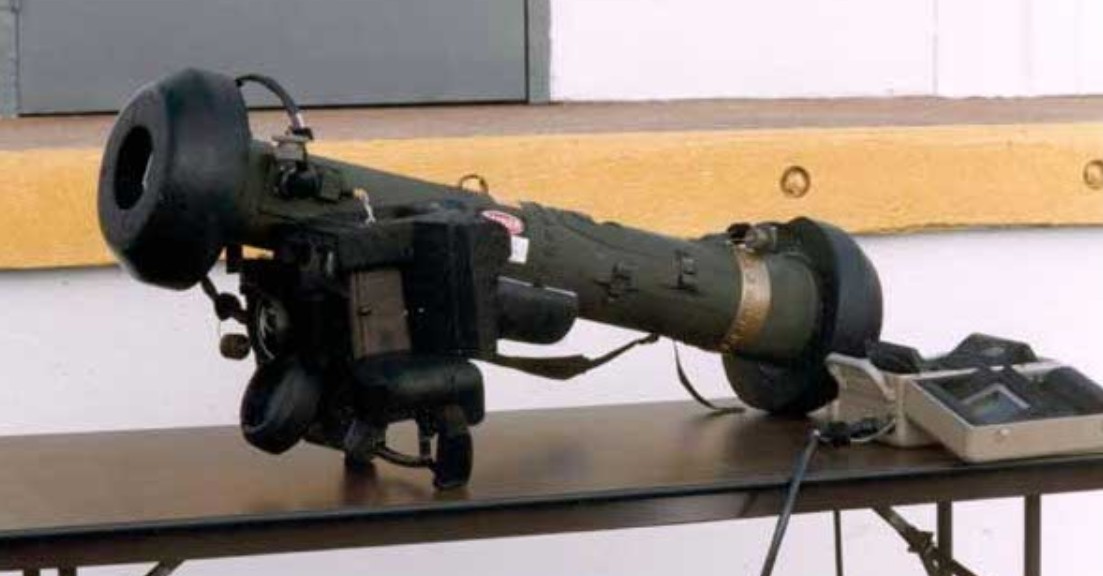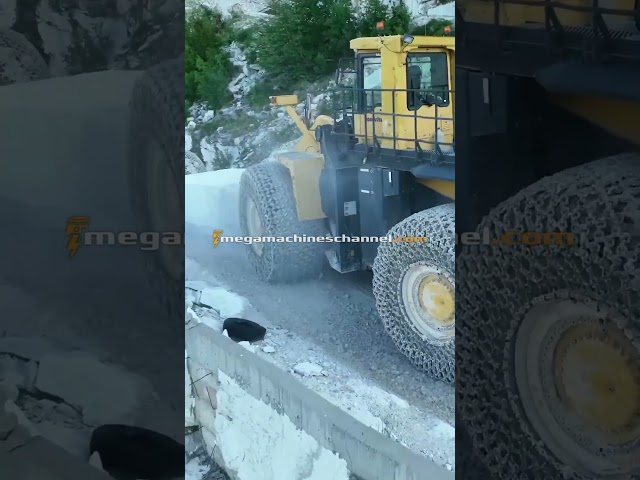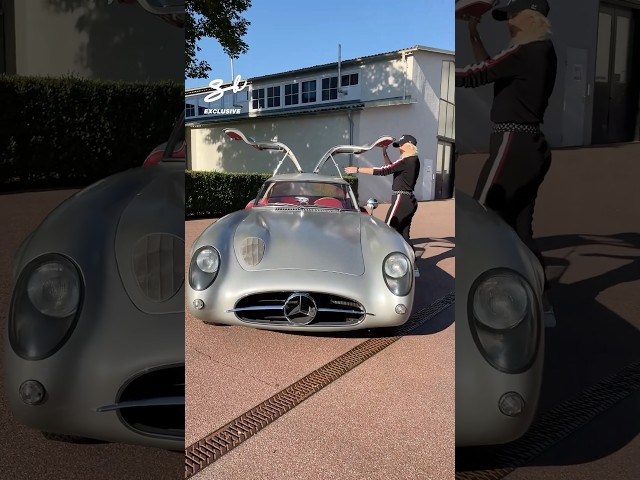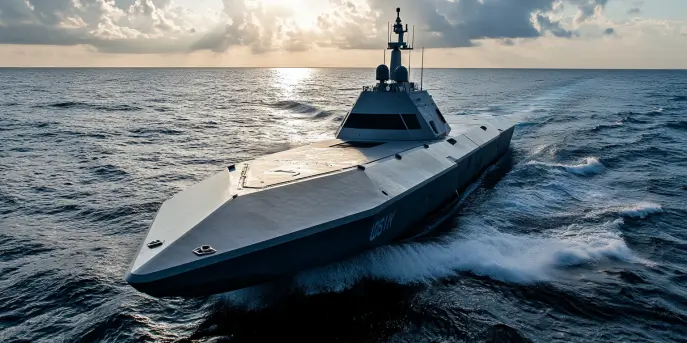The Concept Behind the Novator KS-172
The Novator KS-172, also known as the AAM-L (Anti-Aircraft Missile – Long range), was an ambitious Soviet, and later Russian, project. It was designed with a singular purpose – to target and destroy high-value aerial assets like AWACS (Airborne Warning and Control System) aircraft. These aircraft serve as airborne radar stations, providing essential control and coordination for military operations.
The Technical Specifications
The KS-172 was a formidable concept, boasting impressive specifications. Designed to target fast-moving aerial threats, it promised unprecedented range and accuracy. Below is a table detailing the proposed specifications of the KS-172:
| Specification | Details |
|---|---|
| Length | 6.01 meters (19 feet 9 inches) |
| Diameter | 0.4 meters (1 foot 3 inches) |
| Wingspan | 0.75 meters (2 feet 6 inches) |
| Weight | 748 kg (1649 lbs) |
| Speed | Mach 4 |
| Range | 400 kilometers (248 miles) |
| Guidance System | Active radar, thermal homing |
Designed for a New Era of Aerial Combat
The KS-172 was envisioned to give the Soviet, and eventually Russian, air forces a strategic advantage by allowing them to neutralize enemy air superiority systems at extreme ranges. The missile was to be equipped with an active radar guidance system that provided it the capability to engage targets beyond the visual range of opposing forces. This made it a substantial threat to support aircraft that usually operate at standoff distances for protection.
With its long range and high speed, the KS-172 was supposed to be the solution for outmatching radar-equipped early warning aircraft and refueling tankers, vehicles that typically sit at a significant distance from front-line air battles.
Challenges and Realities
However, the path from the drawing board to active deployment is fraught with technical, financial, and geopolitical challenges. Despite the bold vision, the KS-172 faced several hurdles:
- **Technical Hurdles**: The development faced significant technical barriers, including the integration of a reliable and precise guidance system for extreme ranges and thermal stresses associated with high-speed flight.
- **Funding Issues**: Financial constraints post the Soviet Union’s collapse heavily affected the Russian defense sector, delaying and sometimes halting various military projects, including the KS-172.
- **Modern Alternatives**: Throughout its development, advancements in other air-to-air missile technologies either matched or started to close the capability gap that the KS-172 was meant to exploit.
- **Political Considerations**: Geopolitical dynamics often influence defense projects, and such influences played a role in the KS-172’s prolonged timeline.
A Myth or Future Comeback?
As of the last known updates, the Novator KS-172 project remains largely conceptual, with no significant deployment in sight. Reports and defense publications often speculate about its status, leading to debates on forums and among military analysts. The “AWACS killer” idea lives on more as a legend than reality, prompting discussions on whether such a missile could reshape air combat by targeting critical aerial support assets.
Despite the uncertain future, the KS-172 underscores the importance of innovation in defense technologies and the continuous push for air superiority. Whether the KS-172 remains in concept or finds its way onto the battlefield, the idea behind it remains a pivotal reflection of strategic military doctrine changes.
